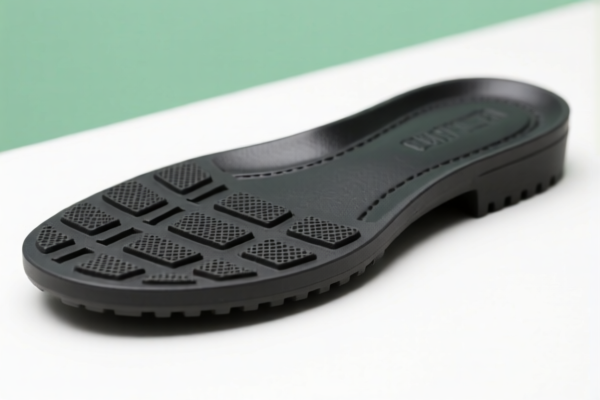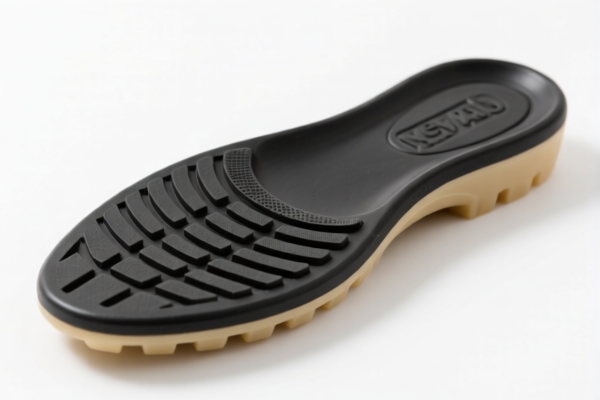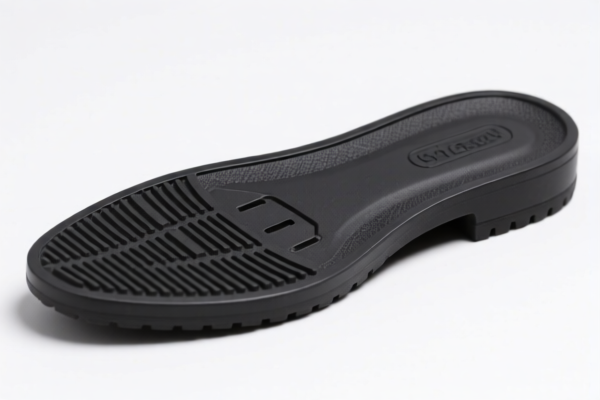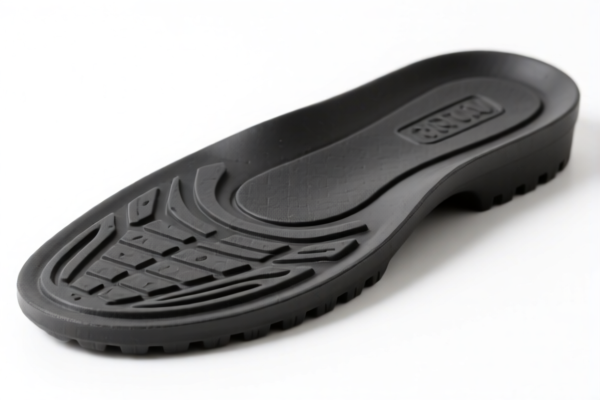| HS Code | Official Doc | Tariff Rate | Origin | Destination | Effective Date |
|---|---|---|---|---|---|
| 6401100000 | Doc | 75.0% | CN | US | 2025-05-12 |
| 6401998000 | Doc | 37.5% | CN | US | 2025-05-12 |
| 6402120000 | Doc | 37.5% | CN | US | 2025-05-12 |
| 6402914005 | Doc | 36.0% | CN | US | 2025-05-12 |
| 4016995500 | Doc | 57.5% | CN | US | 2025-05-12 |
| 4016996010 | Doc | 57.5% | CN | US | 2025-05-12 |
| 4008210000 | Doc | 55.0% | CN | US | 2025-05-12 |
| 4008294000 | Doc | 57.9% | CN | US | 2025-05-12 |




Rubber Sole
A rubber sole is a foundational component of footwear, serving as the bottom layer directly contacting the ground. It is distinguished by its composition – primarily various types of rubber – and provides essential properties for traction, durability, and cushioning.
Material
Rubber soles are constructed from a range of rubber compounds, each offering specific characteristics:
- Natural Rubber: Derived from the latex of rubber trees, natural rubber provides excellent flexibility, high abrasion resistance, and good traction. It is often used in more premium soles or for specialized applications requiring superior grip.
- Synthetic Rubber: More common due to lower cost and enhanced properties. Common types include:
- Styrene-Butadiene Rubber (SBR): Offers good abrasion resistance and is widely used in general-purpose soles.
- Polyurethane (PU): Known for its durability, resistance to oil and chemicals, and cushioning properties. PU soles are often heavier than other types.
- Thermoplastic Rubber (TPR): Combines the properties of rubber and plastic, offering good flexibility, abrasion resistance, and recyclability.
- Ethylene Vinyl Acetate (EVA): A lightweight foam rubber, often used in athletic shoes for cushioning and shock absorption. Frequently combined with other rubber compounds for enhanced durability.
- Carbon Rubber: Rubber reinforced with carbon black for increased abrasion resistance and durability, typically used in high-wear areas of the sole.
Purpose & Function
The primary functions of a rubber sole are:
- Traction: Provides grip on various surfaces, preventing slipping. Tread patterns are designed to optimize contact and channel away debris.
- Durability: Protects the foot from impact and abrasion, extending the lifespan of the shoe.
- Cushioning: Absorbs shock and provides comfort during walking or running.
- Insulation: Offers a degree of insulation from the ground, protecting the foot from extreme temperatures.
- Water Resistance: Most rubber compounds are inherently water-resistant, offering protection from moisture.
Usage Scenarios
Rubber soles are utilized in a broad spectrum of footwear applications:
- Athletic Shoes: Running, training, basketball, and other sports shoes rely heavily on rubber soles for traction, cushioning, and support.
- Casual Shoes: Sneakers, walking shoes, and everyday footwear commonly feature rubber soles for comfort and durability.
- Work Boots: Industrial and construction boots utilize thick, durable rubber soles for protection and slip resistance.
- Outdoor Footwear: Hiking boots and trail shoes employ specialized rubber compounds and tread patterns for optimal grip on uneven terrain.
- Dress Shoes: While leather soles are traditional, rubber soles are increasingly used for enhanced comfort and traction.
Common Types & Tread Patterns
- Cup Sole: A fully encapsulated sole unit bonded to the upper. Common in skate shoes and sneakers for durability.
- Vulcanized Sole: Rubber is molded directly to the upper, creating a strong, flexible bond. Common in classic sneakers and canvas shoes.
- Crepe Sole: Made from coagulated latex, offering excellent cushioning and flexibility. Often used in casual shoes and boots.
- Lug Sole: Features deep, aggressive tread patterns for superior traction on uneven or muddy surfaces. Common in work boots and hiking boots.
- Herringbone Sole: A V-shaped tread pattern providing good traction and flexibility. Often used in dress shoes and casual footwear.
- Waffle Sole: A grid-like tread pattern offering good traction and flexibility, popularized by Vans skate shoes.
The declared goods are rubber soles, components used in footwear manufacturing. These soles are characterized by being made of rubber or plastics and are a fundamental part of shoe construction.
Here are the relevant HS codes based on the provided reference material:
- 6401100000: Waterproof footwear with outer soles and uppers of rubber or plastics, the uppers of which are neither fixed to the sole nor assembled by stitching, riveting, nailing, screwing, plugging or similar processes: Footwear incorporating a protective metal toe-cap. This code applies to waterproof footwear where the sole and upper are not permanently attached through traditional methods like stitching, and includes footwear with a metal toe-cap.
- 6401998000: Waterproof footwear with outer soles and uppers of rubber or plastics, the uppers of which are neither fixed to the sole nor assembled by stitching, riveting, nailing, screwing, plugging or similar processes: Other footwear: Other: Other: Other: Having uppers of which over 90 percent of the external surface area (including any accessories or reinforcements such as those mentioned in note 4(a) to this chapter) is rubber or plastics (except footwear having foxing or a foxing-like band applied or molded at the sole and overlapping the upper). This code covers waterproof footwear with soles and uppers not permanently attached, specifically those where over 90% of the upper surface is rubber or plastic, excluding footwear with foxing.
- 4008210000: Plates, sheets, strip, rods and profile shapes, of vulcanized rubber other than hard rubber: Of noncellular rubber: Plates, sheets and strip. This code applies to plates, sheets, and strips made of noncellular vulcanized rubber, excluding hard rubber.
- 4008294000: Plates, sheets, strip, rods and profile shapes, of vulcanized rubber other than hard rubber: Of noncellular rubber: Other: Other. This code covers other forms of noncellular vulcanized rubber, excluding hard rubber, beyond plates, sheets, and strips.
- 4016995500: Other articles of vulcanized rubber other than hard rubber: Other: Other: Other: Vibration control goods of a kind used in the vehicles of headings 8701 through 8705. This code applies to vibration control goods made of vulcanized rubber used in vehicles.
- 4016996010: Other articles of vulcanized rubber other than hard rubber: Other: Other: Other: Other Mechanical articles for motor vehicles. This code applies to other mechanical articles made of vulcanized rubber for motor vehicles.
Regarding HS code 4008210000 and 4008294000, it is important to note that these codes relate to noncellular rubber. If the rubber sole is cellular, these codes may not be applicable.
Regarding HS code 4016995500 and 4016996010, these codes apply specifically to articles used in vehicles. If the rubber sole is not intended for vehicle use, these codes are not applicable.
Customer Reviews
No reviews yet.